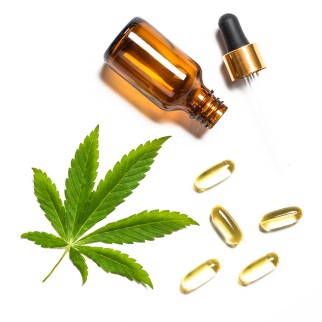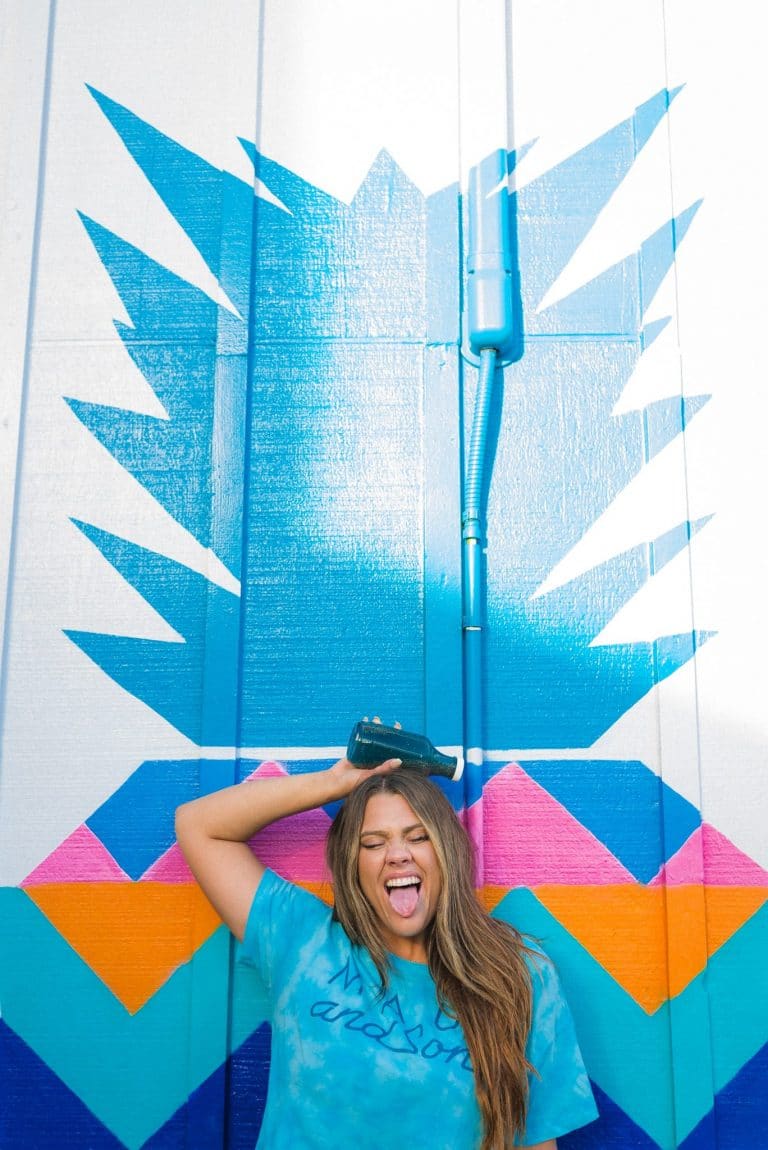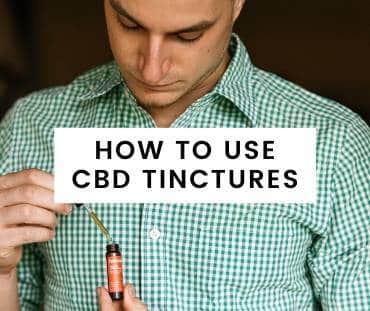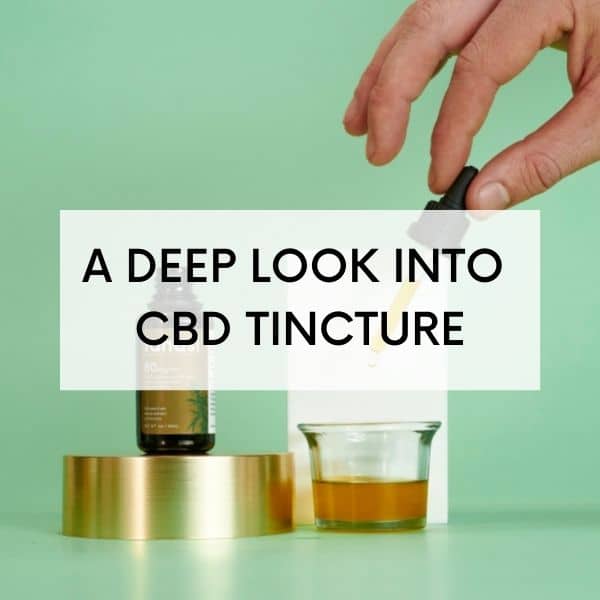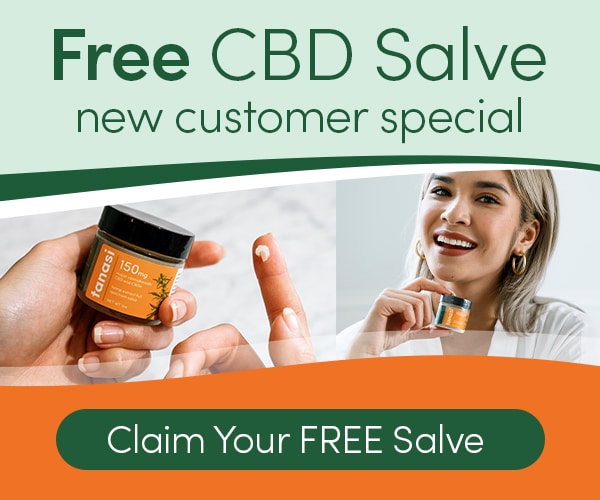What Is a Tincture? Everything You Need To Know
Posted on August 16th, 2021
Have you considered trying a CBD oil tincture? This is a popular way to dose natural hemp extract, because it’s a fast and effective way to access its potential benefits. (These may include calming digestive complications, reducing seizures, easing joint pain, and reducing anxiety, to name a few. And all without causing a “high” such as marijuana!).
Want to find out more about this CBD delivery method? Read on and find out how you can use a tincture! 
What is a Tincture?
Essentially, to make a tincture, you soak plant matter in alcohol (usually ethanol.) This helps release their natural scents and essence in an extract. In turn, you gain fragrant plant-matter that’s naturally sourced instead of lab-created.
Even better? You can tincture just about any natural material that contains a scent. All you will need to do is to pop it into a jar, then cover it in ethanol, and leave it to settle. Soon you will end up with a bold, but delicate, smelling tincture. You can use it on its own or perhaps incorporate and mix it with a different fragrance. Eventually, this will create a distinct scent that will leave you truly standing out from the crowd!
What is a CBD Tincture?
A CBD tincture is a form of liquid that contains significant CBD levels. Traditionally, CBD tinctures consist of an alcohol base that’s usually boiled off during the heating procedure).
What’s more, you can make CBD oil tinctures using vegetable-based carrier oils or (MCT) medium-chain triglyceride oils. (These come from saturated fatty acids, and offer unique health benefits.) Coconut and palm oils are common sources for MCT and vegetable oils.
More about tinctures
Apart from being a simple, smokeless dosing method, tinctures are simple to make, use, transport, and store. You can also tweaked your recipe for your specific tastes. And, apart from the cannabis plant itself, you could create a herb-based tincture. In fact, one of the most common herbal tinctures is dandelion-based.
Why use tinctures?
There are several reasons you might choose to use tinctures over other forms of CBD.
Certain active ingredients
Tinctures can provide you with specific active ingredients that other formats can’t. That’s because alcohol tends to break down the plant’s cell wall, helping release fresh and active compounds. Additionally, creating a tincture means that you can target specific active ingredients, just by using an accurate combination of water and alcohol as a solvent. Plus, these active ingredients dissolve much better in alcohol.
Typically, water extracts polar (water-soluble) constituents. And alcohol extracts non-polar (fat-soluble) constituents. For example, alcohol effectively extracts essential oils, terpenes, saponins, and resins. That means that tinctures work better for aromatic herbs and bitters.
Ideal for warming remedies
Since alcohol itself is “warming” and allows vasodilation, tinctures can be effective circulatory stimulants alongside ‘warm’ and ‘hot’ herbs.
To go this route, try ginger, hawthorn, or yarrow. Your tinctures’ affinity for warming herbal remedies may be especially popular in a cold damp climate. Still, sometimes you may prefer a cooling action. In these cases, it would be better to go for a herb with a significant cooling effect. (Options include gentian or wormwood, both of which will stand up in tincture form.)
Great shelf life
Tinctures are also wonderful when it comes to their long shelf life. Since alcohol is bacteriostatic, tinctures with high alcohol content are less likely to go bad. The minimum tincture strength to allow preserving is usually 25% alcohol.
With all these advantages, you can see why choosing this delivery method is appealing. But we haven’t gotten to the best part yet: it’s so easy to use!
How to Use a Tincture 
How to take a tincture seems a bit self-explanatory once you have the bottle and the dropper. However, many people might be surprised to realize that there are actually numerous methods to take a cannabis tincture.
Generally speaking, cannabis tinctures can generally be taken in one of three ways. These include orally, sublingually, or by being incorporated into foods or drinks.
To apply your tincture sublingually, you’ll need to load up the dropper with your specific amount, then squirt out the liquid beneath your tongue. Ensure that you keep the extract there for about 1-3 minutes. Afterward, simply swish the rest of the liquid around your mouth then swallow it. If applied in this manner, the cannabinoids present in the tincture are usually absorbed by membranes beneath the tongue and on the cheeks’ insides. Once they are absorbed, they’re instantly carried into your bloodstream where they may start to cause effects. And when used sublingually, a tincture’s effects can usually be experienced within about 30 minutes and may last up to 3 hours.
Alternatively, tinctures can be swallowed to induce effects. If you swallow tinctures, they will take relatively longer to work and follow a similar timeline to edibles. In case you swallow the tincture, you should expect to experience effects within 1–2 hours and these effects can last upwards of 5 to 6 hours.
Lastly, tinctures may also be incorporated into foods and drinks to mask their taste. Common options are liquids such as tea or coffee, and certain foods that mix easily such as yogurt or pudding. Again, the onset will be the same as that of edibles.
Who Should This Delivery Method?
If used correctly, tinctures can be beneficial to any age. Based on the herb, kids and the elderly as well can gain from herbal tinctures. Pregnant women and nursing moms could also use tinctures (based on the herb) since the alcohol content in a dropperful is approximately the amount of alcohol found in a ripe banana. In other words, a 1oz tincture bottle is equal to a single drink, glass of beer, or wine. However, since you are not consuming the whole bottle at a single sitting, the alcohol content is usually insignificant.
For babies, it would be prudent for nursing mothers to use the tincture, which will be passed on to their babies via the breastmilk. If you’re not breastfeeding, avoid giving tinctures to babies below 6 months since they can’t absorb or digest the herbs. And of course, if you’re ever uncertain of a herb, please consult your physician.
Key takeaway
Tinctures are a common way to use cannabis and can be prepared at home with only several ingredients. If you’re taking a marijuana tincture, begin with a small quantity and gradually build up your dose to prevent uncomfortable side effects such as anxiety, increased heart rate, and paranoia.

